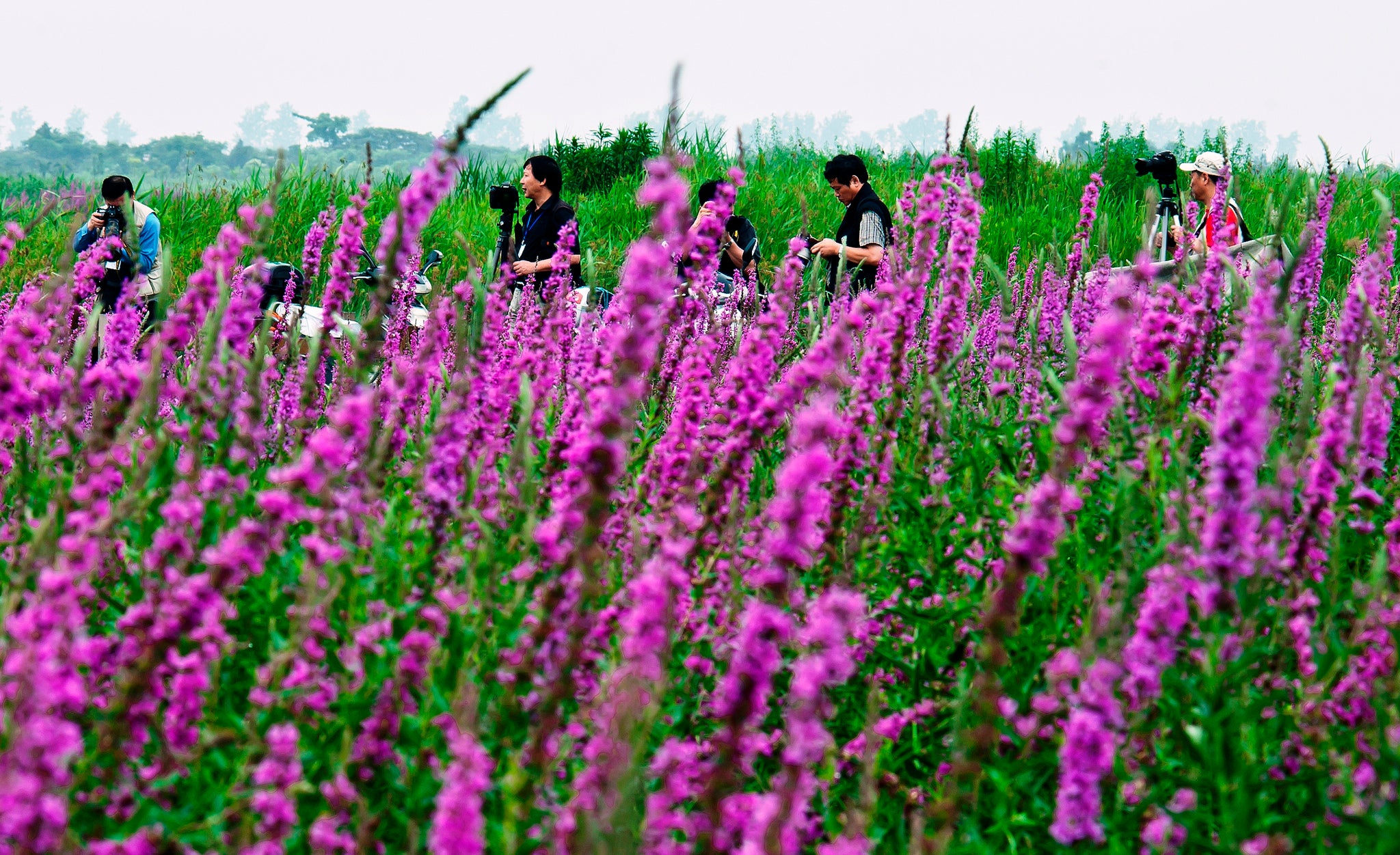
For many investing in infrastructure, low volatility and predictable cash flows are the main attraction. For those procuring infrastructure, it’s about delivering an affordable public service to promote social and economic development that facilitates local prosperity.
Tourism’s place at the table
So where does tourism factor into this discussion? Tourism is clearly a driver for some infrastructure, but it also represents a significant risk for its potential lack of certainty. After all, why people use infrastructure is key to its attractiveness. If one observes that people need to commute to earn a living—and that few outside the “one percent” would consider doing this by wing and jet engine—then a tolled suburban road network should perform better in an economic downturn than a tolled airport expressway.
For hard evidence on this casual observation, compare the recent experience of the AirportlinkM7 in Brisbane, Australia with that of Chicago Skyway in the United States—two road concessions managed in part by the Australian firm Macquarie.
BrisConnections, the SPV for AirportlinkM7, entered into voluntary administration following a failed restructuring process earlier this year. The 6.7 km, multi-lane, free-flow toll road crashed because its financiers accepted traffic risk and predicted that 135,000 vehicles would use the tunnel each day when it opened in 2012—ramping up to 160,000 within 18 months. The actual number turned out to be 53,000 vehicles per day, and in fact only 85,000 used the tunnel when the connection was briefly offered for free.
Meanwhile, the privatization and financing of Chicago’s existing Skyway Bridge has been far more successful—largely living up to its expectations. The 7.8-mile toll road was originally built in 1958, with a long history of performance. Moreover, the traffic on the Skyway has remained consistent throughout the financial crisis because it relies on a steady stream of commuters who live in Indiana but work in Chicago. Commuting is an essential activity, and therefore offers more certainty to investors.
Measuring risk
The cloud of uncertainty is an obstacle to investment in tourism infrastructure, but global statistics suggest it doesn’t have to completely fog it out. Data from the UN World Tourism Organization (UNWTO) says international tourism receipts continue to grow. Expenditure on accommodation, food and drink, entertainment, shopping and other services reached an estimated US$1159 billion in 2013 – exceeding the long-term trend and reaching 5% in real terms (taking into account exchange rate fluctuations and inflation).
The broader industry seems resilient despite global uncertainty and several high-profile economic and natural disaster challenges in recent years. The long-term trend provides optimism for further expansion, yet tourism projects really do need to be closely examined on an individual basis.


Join the Conversation